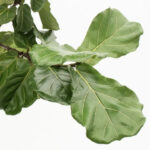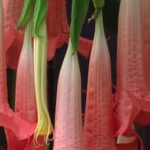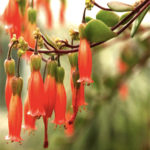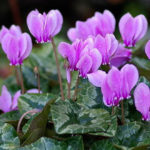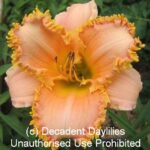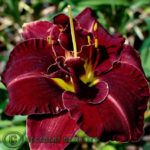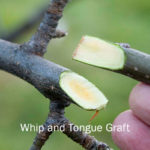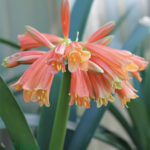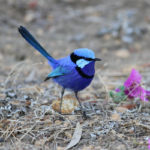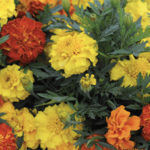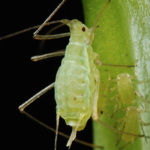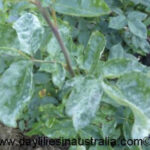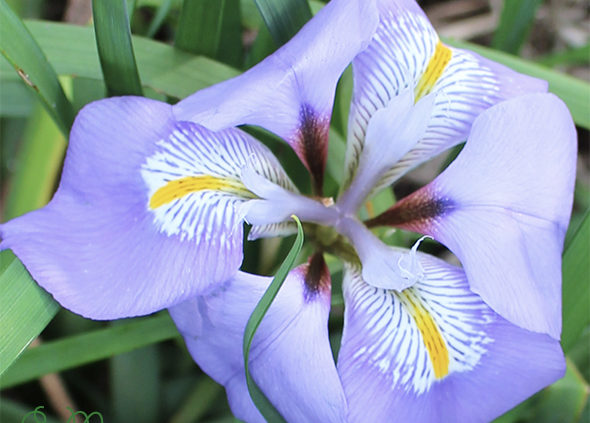
Iris Unguicularis Winter Iris
Iris Unguicularis – Planting Winter Iris in the Garden
Iris unguicularis or winter Iris has the origins in the Mediterranean region. Also known as the Algerian Iris plant, which grows well in my garden. Were it receives bitterly cold frosty winters and hot dry summers. My winter flowering Iris is planted close to deciduous trees in fairly poor soil which, this plant is known to like. It gets quite a lot of shade during the summer and not a great deal of water. This rhizomatous flowering plant has evergreen grassy leaves and violet blue flowers. The clump of leaves grow, to a height of 12 – 15 inches and nestled deep, within the long leaves, are the pretty violet blue flowers that can be seen growing on short stems. The flowers mainly appear during winter and early spring. The Unguicularis Iris flowers have 3 large fall petals and 3 standard petals. The flowers are 5-8cms in width and are a good addition to make your winter garden colourful. They are well suited to mild winter conditions too, this means they will grow well in many other states and regions of Australia. They flower with the kniphofia var winter cheer, daffodils and snow drops. The flowers are scented and have a fine yellow marked beard with white netting both sides coming from the throat of the flower. These tough plants make good cut flowers and grow well in garden borders. The cut flowers can last for 4-5 days in a vase. Iris unuicularis form stunning garden beds, wall side borders or can be grown in near any sort of container because of their shallow root system. The ingestion of the plant parts can cause severe discomfort, as the plants are poisonous.
Conditions for growing
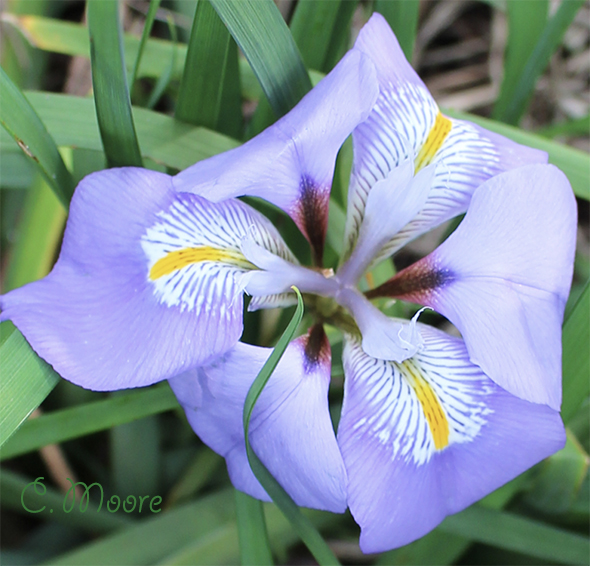 These plants prefer well-drained sandy neutral or slightly alkaline soil. They prefer hot and sunny areas in the garden, which is dry. When this plant is new to the garden it should be protected from untimely frost and it is better to plant them against a wall or where the iris will receive some shelter from bad weather. Once established the plant is tolerant to drought and needs very little care. This plant requires watering in dry winter conditions and during autumn. Over time when the Iris unguicularis forms thick clumps it will need separating into smaller divisions for replanting. Applying seaweed fertiliser at the start of winter season, this helps in boosting flowering. Flowering increases as the clump becomes older.
These plants prefer well-drained sandy neutral or slightly alkaline soil. They prefer hot and sunny areas in the garden, which is dry. When this plant is new to the garden it should be protected from untimely frost and it is better to plant them against a wall or where the iris will receive some shelter from bad weather. Once established the plant is tolerant to drought and needs very little care. This plant requires watering in dry winter conditions and during autumn. Over time when the Iris unguicularis forms thick clumps it will need separating into smaller divisions for replanting. Applying seaweed fertiliser at the start of winter season, this helps in boosting flowering. Flowering increases as the clump becomes older.
Propagation
Propagation is mainly through the division of clumps. The planting of the divisions is done during spring or autumn. Pot-grown plants can be planted at any time of the year. After dividing the clump, plant them in flowering positions immediately. The plant doesn’t flower well when disturbed or divided regularly.
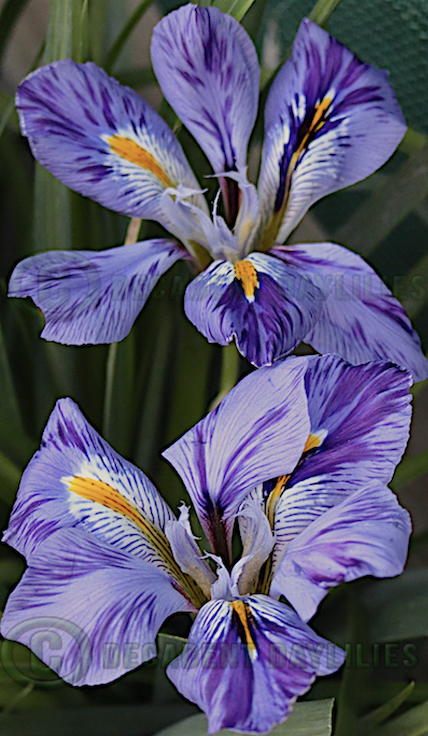 Winter Iris Care
Winter Iris Care
You need to cut back the flower stems after flowering. Pruning should be limited to removal of the damaged and dead foliage during autumn or in early summer. Pruning back the foliage in autumn allows the flowers to become more visible. The plant can survive even in awful soil. Young plants after division requires watering in the first summer and they can be ignored after that. Iris unguicularis is another great plant for landscaping and is suitable for xeriscape gardening.
Pests and diseases
The main pests of these plants are snails and slugs. These pests can hide between the clumps and shreds the flowers. Removing dead leaves will prevent the chances of attacks by pests. They are resistant to bunny rabbits and hares. This plant may be subjected to soft rot caused by bacteria, mould attack and viral diseases.
Important varieties
The most commonly found varieties of Iris unguicularis are:
- Iris unguicularis Alba with white flowers.
- Iris unguicularis ‘Mary Barnard’ with dark blue flowers.
- Iris unguicularis cretensis with lilac-pink flowers.
- Iris cretensis ‘Mia with violet –blue flowers.
- Iris unguicularis blue stripe another delight in my winter garden.
We have Iris Unguicularis (Algerian Iris) Winter Iris – Iris Stylosa for sale from time to time.


